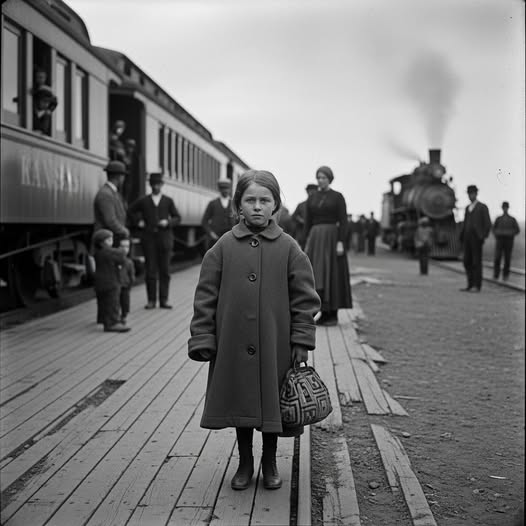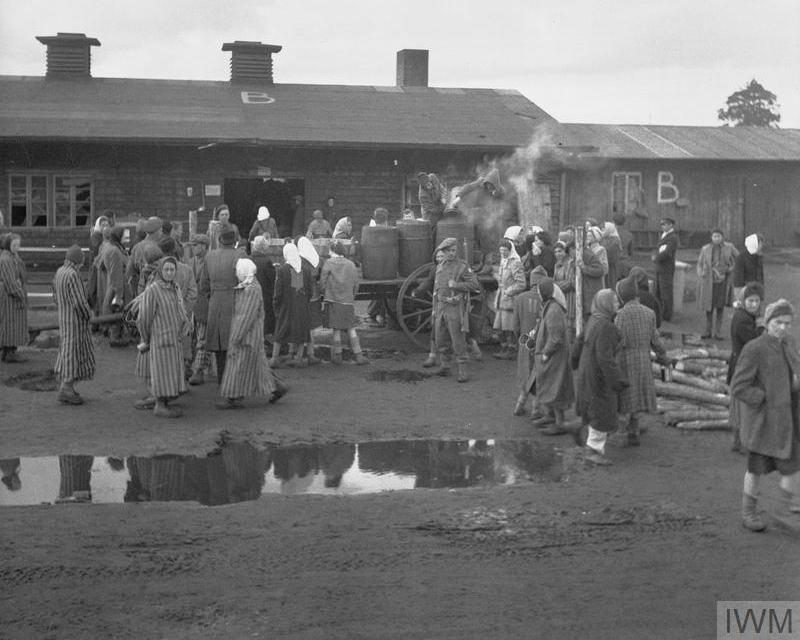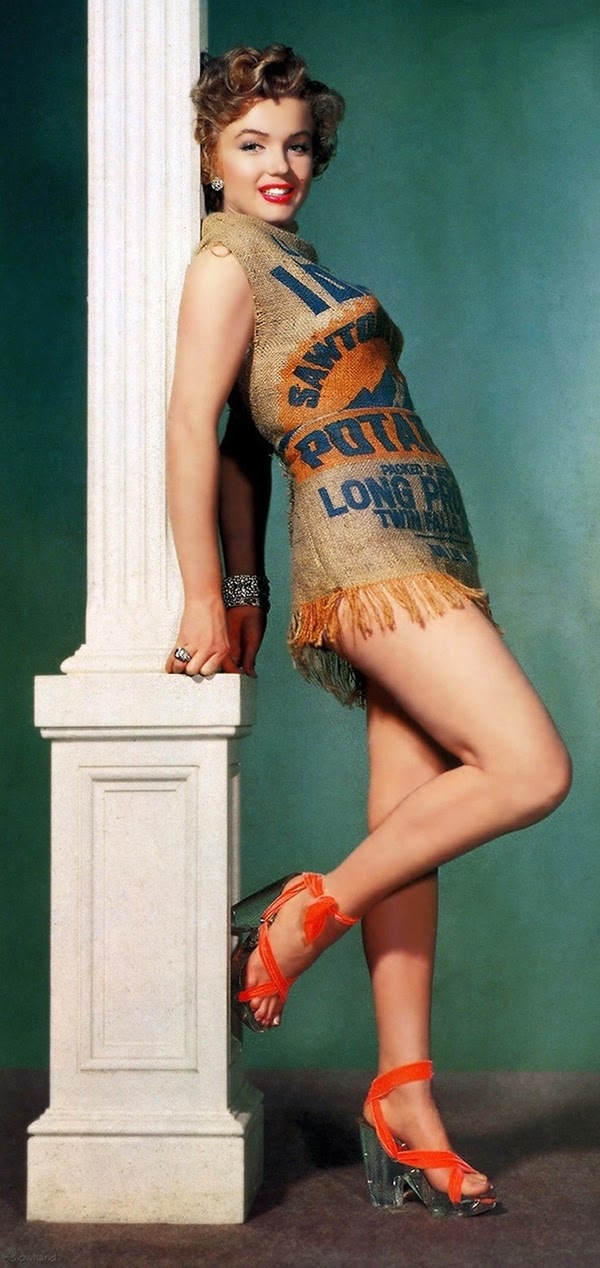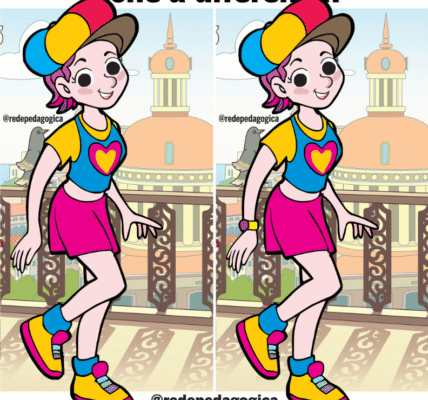In the waning years of the 19th century, New York City was a place of contradictions: marble mansions lined Fifth Avenue while just blocks away, barefoot children scavenged in alleys, their bellies hollow with hunger. Factories belched smoke, tenements overflowed, and the streets swarmed with boys and girls who had no homes, no parents, and little hope. Newspapers called them “street urchins,” “vagabonds,” and “throwaway children.” They were neither wanted nor welcomed, yet they existed in the thousands.
It was from this world of soot and desperation that the Orphan Train Movement was born. A group of reformers believed that if these children were sent westward, far from the filth and vice of the city, they might find redemption in the wide-open land. Between 1854 and 1929, more than two hundred thousand children boarded trains, clutching carpetbags filled with everything they owned, their eyes wide with both fear and fragile hope.
Among them was Annie O’Rourke, a quiet ten-year-old with red hair and a wool coat that had belonged to three other girls before her. She remembered almost nothing of her parents—only whispers from matrons that her mother had died of fever and her father had vanished into the factories. The orphanage was the only home she had known: rows of iron beds, the clatter of tin plates, and the cold draft that slipped through the windows each winter night.
On a gray April morning in 1889, Annie was led with dozens of other children to a waiting train. Some cried, some clutched each other’s hands until their knuckles turned white. Annie held a carpetbag that contained a pair of stockings, a rag doll missing one eye, and a prayer book with no cover.
The train ride seemed endless. For days, it rumbled across fields that stretched farther than she could imagine. The children pressed their faces against the windows, staring at rivers, prairies, and skies that seemed too big for words. Some whispered about what awaited them. Would they be adopted? Put to work? Loved? Or forgotten once more?
At every stop, townsfolk gathered on the platform, their eyes scanning the children the way buyers appraise livestock. A strong boy might be chosen quickly by a farmer needing help with plows. A girl with nimble fingers could be wanted by a seamstress. Others, too small or too timid, might be overlooked, left to ride further west with their hearts growing heavier at each station.
When the train stopped in a small Kansas town, Annie’s turn came. She stepped onto the platform, her boots scuffed, her coat buttoned tightly against the prairie wind. A couple stood at the edge of the crowd: a man with hands worn rough from work, and a woman whose eyes were tired but kind. They pointed to Annie. “That one,” they said. And just like that, Annie’s fate was sealed.
Life on the farm was unlike anything Annie had known. The days began before dawn, with the crow of a rooster and the sharp smell of hay. She fed chickens, hauled water, and carried baskets heavier than her small frame should have allowed. Winters were merciless, cutting through her coat with icy teeth. Summers baked the earth until the fields shimmered.
Yet Annie did not complain. She had once begged for scraps in New York’s alleys, slept with her back against brick walls, and endured hunger that gnawed like an animal inside her. Compared to that, the farm—hard as it was—offered stability. Three meals a day, a bed of her own, and faces that, though stern, were not cruel.
The woman of the house, Mrs. Carter, noticed Annie’s quiet hunger for something beyond food. At night, by the faint glow of a kerosene lamp, she placed a primer into Annie’s hands. “You’ll learn to read,” she said. Annie traced the letters slowly, sounding them out, her lips forming words that unlocked worlds.
Books became her refuge. They whispered of places beyond the prairie, of heroes and heroines who fought for survival, of children who found belonging. Through stories, Annie began to believe she, too, could belong.
Years passed. Annie grew tall and strong, her hair deepening to the color of autumn wheat. She worked the farm, but her mind was always hungry. When the chance came to attend the one-room schoolhouse nearby, she grasped it eagerly. She learned her letters, then whole sentences, then poems she recited under her breath as she carried milk pails.
The townspeople, at first skeptical of “orphan train children,” began to notice her determination. She was not just another mouth to feed; she was a girl with fire in her eyes.
By the time Annie reached adulthood, she had earned a place as a schoolteacher herself. Standing before a classroom of farm children, she held chalk like a weapon against the darkness of ignorance. She knew too well what it meant to be unseen, unheard, and unvalued. For her students, she became the voice she had once longed to hear—a voice that said: You matter. You belong.
Annie seldom spoke of the train that brought her west. The memory was both a wound and a salvation. At night, when the prairie was quiet, she sometimes dreamed of faces pressed against the train windows—children whose names she never knew, children who may not have been chosen, children whose stories had scattered like dust across the plains.
She wondered what became of them. Did they find homes, or did they wander again, carrying their small bags into an uncertain future? Did they, too, grow into teachers, farmers, mothers, and fathers? Or did the world forget them, as it so easily forgets the small and voiceless?
For Annie, the orphan train was not just a ride to Kansas. It was a passage from invisibility to existence, from abandonment to the possibility of belonging. It was the harshest of beginnings, yet it led her to a life where she could give others what she had once been denied: a chance.
Today, the Orphan Train Movement is remembered with both pride and sorrow. Pride, because it saved thousands from starvation and gave them homes. Sorrow, because it also tore children from their roots, scattering siblings, erasing identities, and leaving many to grow in households where they were treated more as laborers than as family.
Annie O’Rourke’s story is but one among thousands. Yet in her, we glimpse the resilience of all those children who climbed aboard with fear in their hearts and hope in their small hands.
She proved that even a girl abandoned in the crowded streets of New York could rise, not only to survive but to teach, to nurture, and to leave behind a legacy stronger than despair.
History often forgets the children, remembering only the men who built cities and the wars that tore them down. But the story of the orphan trains—and of Annie O’Rourke—reminds us that the measure of a society lies in how it treats its most vulnerable.
Annie’s life is not just a tale of hardship and endurance. It is a testament to the quiet heroism of children who bore the weight of abandonment yet still carried within them the seed of hope. She reminds us that even when beginnings are cruel, the future can still be rewritten, page by page, lesson by lesson, life by life.
And so, the image of Annie remains: a small figure in a wool coat, clutching a carpetbag on a Kansas platform, her eyes uncertain yet unbroken. From that fragile moment grew a life of purpose. From that one child’s journey grew a story that belongs to us all.






